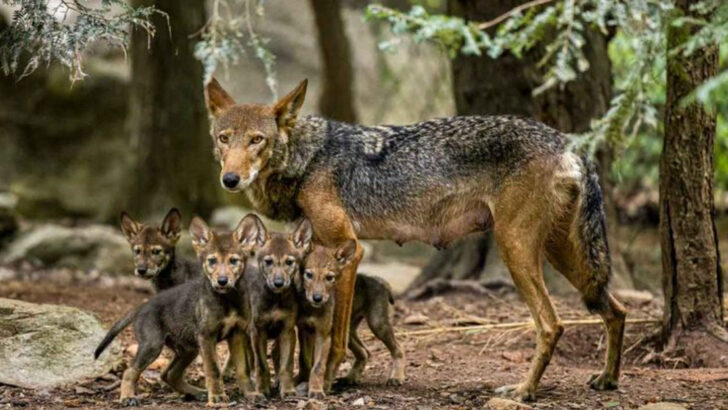They’re fast, fierce, and iconic—yet they’re vanishing before our eyes. From the Florida panther to the red wolf, some of America’s most remarkable mammals are in serious trouble. Their homes are shrinking. Their numbers are falling. And without help, some could disappear forever. But this isn’t just a story about loss. It’s about action. Real, everyday choices that can help save a species. Whether you live in the city or on a stretch of quiet land, your voice—and your habits—matter more than you think. Let’s meet the mammals fighting for survival and explore how you can stand with them.
Florida Panther
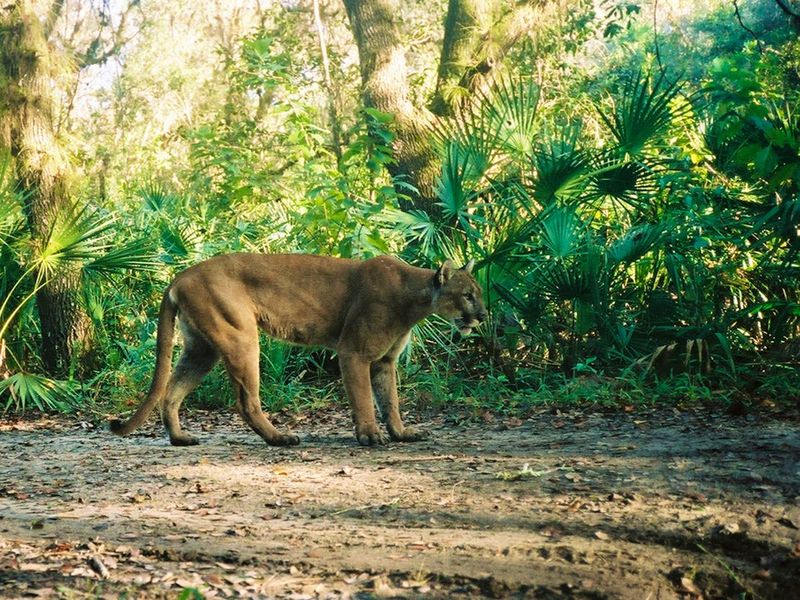
In the shadowed forests of Florida, the elusive Florida Panther roams, a symbol of resilience amidst the encroaching tide of civilization. This magnificent subspecies of cougar, with its tawny coat and piercing eyes, once roamed across the southeastern United States. Today, fewer than 200 remain in the wild, confined to the swamps and forests of southern Florida. Habitat loss and vehicle collisions are constant threats. Conservation efforts focus on protecting corridors and reducing human-wildlife conflict. By advocating for habitat preservation, you can help secure a home for these remarkable felines.
Black-Footed Ferret
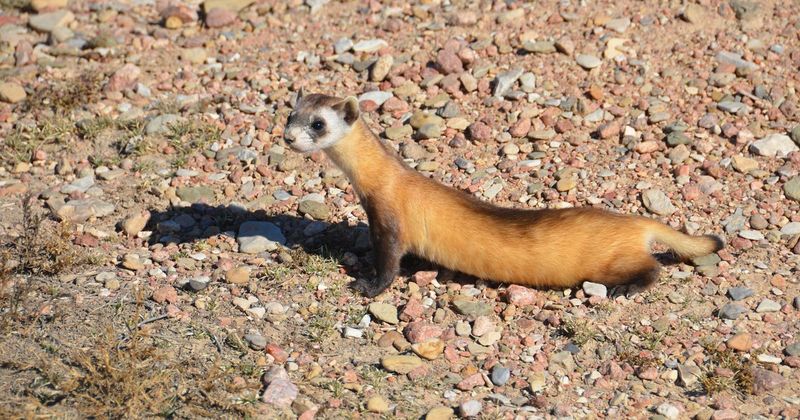
Imagine spotting a Black-Footed Ferret, once declared extinct, now peeping from a prairie dog burrow under the evening sky. Known for their masked face and playful antics, these nocturnal predators are vital to the prairie ecosystem. Reintroduced to parts of the Great Plains, their survival depends on a healthy prairie dog population. Yet, disease and habitat destruction threaten their recovery. Supporting prairie conservation initiatives and vaccination programs can make a difference. These agile hunters need our help to thrive in the wild once more.
Indiana Bat

High in the limestone caves of the eastern United States, the Indiana Bat clings to survival. This small, insectivorous bat plays a crucial role in pest control, yet faces severe threats from habitat disruption and white-nose syndrome. During winter, they hibernate in large colonies, making them vulnerable to disturbances. Conservationists work tirelessly to protect hibernation sites and combat the deadly fungal disease. By supporting bat conservation efforts and minimizing cave disturbances, you can help these winged wonders continue their essential ecological role.
Red Wolf
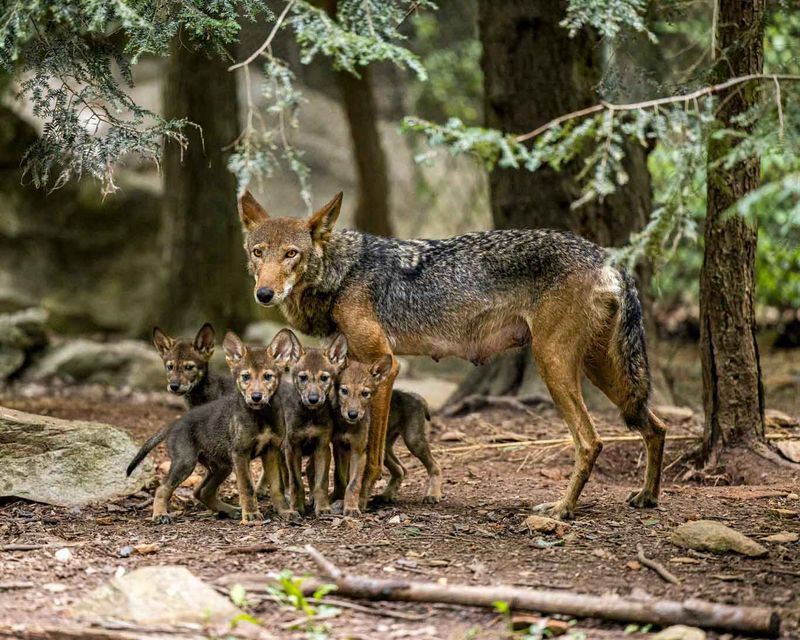
In the woodlands of North Carolina, the Red Wolf, with its distinctive reddish coat, prowls as the most endangered canid in the world. Once spread across the southeastern United States, their numbers dwindled due to habitat loss and hybridization with coyotes. Today, fewer than 20 individuals roam the wild. Conservation programs focus on captive breeding and reintroduction efforts. By raising awareness and supporting protective legislation, we can help increase their numbers and restore balance to their native habitats.
Mexican Gray Wolf
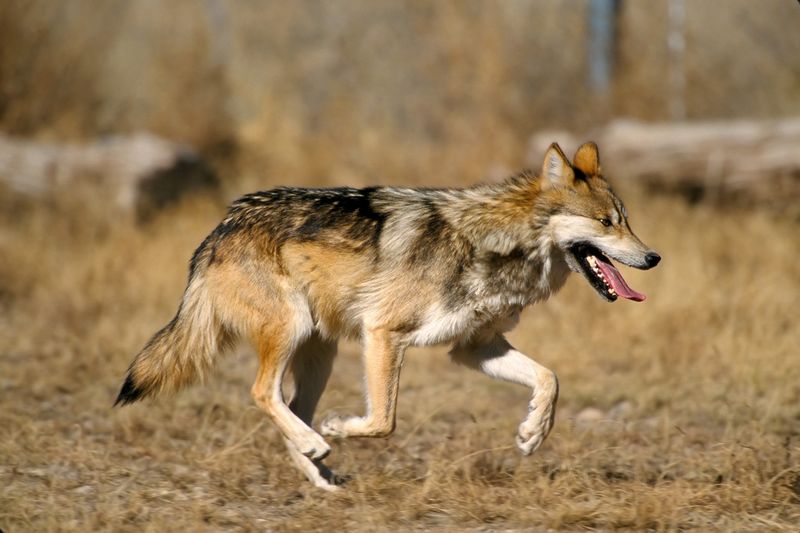
The haunting howl of the Mexican Gray Wolf echoes through the forests of the southwestern United States. Known as “El Lobo,” this subspecies of gray wolf was nearly extinct by the 1970s, with only a handful remaining in captivity. Thanks to reintroduction efforts, they now roam free, but their numbers remain critically low. Prey availability and human intolerance pose significant challenges. By advocating for their protection and supporting coexistence programs, you can help ensure that “El Lobo” thrives once more in its ancestral lands.
California Condor
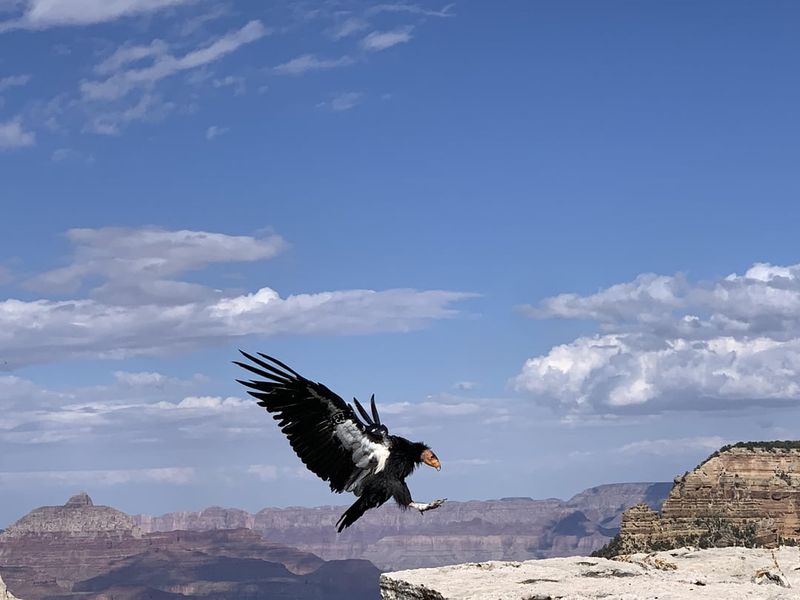
With a wingspan stretching nearly ten feet, the California Condor is an awe-inspiring sight as it soars over the Grand Canyon. Once on the brink of extinction, intensive recovery efforts have brought their numbers to around 500. These scavengers play a critical role in their ecosystem, yet face threats from lead poisoning and habitat disruption. Supporting bans on lead ammunition and habitat protection initiatives is vital. Witnessing a condor in flight is a testament to the power of conservation and a reminder of the work still needed to secure their future.
Sonoran Pronghorn
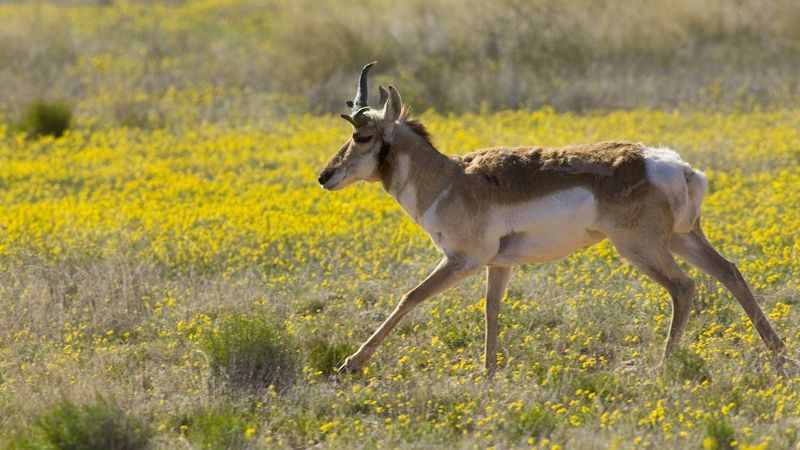
In the arid deserts of the American Southwest, the Sonoran Pronghorn races across the landscape, its speed unmatched by any other North American land mammal. Adapted to survival in harsh conditions, this pronghorn subspecies faces threats from habitat fragmentation and climate change. Conservationists are working on water management and habitat restoration to support their population recovery. By supporting these efforts and promoting awareness, you can help ensure that this “ghost of the desert” continues to thrive in its native sands.
Key Deer
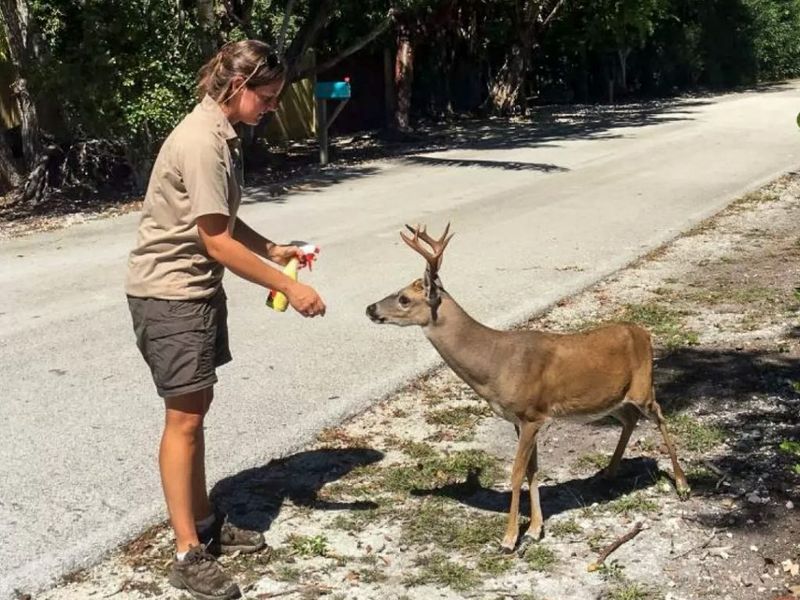
The Key Deer, a charming resident of the Florida Keys, is the tiniest member of the North American deer family. These petite deer, with their endearing eyes and diminutive stature, are a beloved symbol of the region. Living only on a few islands, they face threats from habitat loss and vehicle collisions.
Conservationists strive to protect their unique environment, ensuring these deer continue to thrive. Their survival story serves as a reminder of the delicate balance between human development and wildlife preservation. Visitors to the Keys can support conservation efforts by adhering to local wildlife protection guidelines.
Grizzly Bear
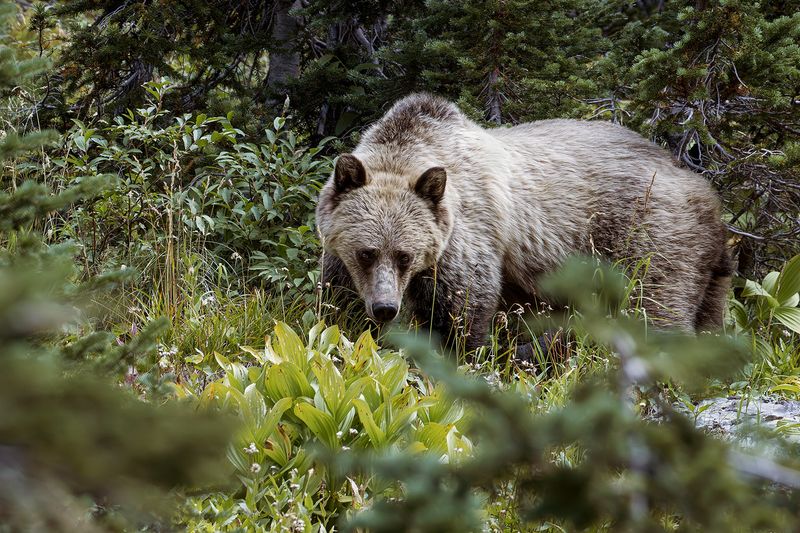
The Grizzly Bear, with its formidable presence and complex behavior, roams the wild expanses of the western United States. Despite their iconic status, these majestic creatures face challenges from shrinking habitats and human conflict.
Once roaming from the plains to the coasts, their range has significantly reduced. Conservation initiatives aim to create safe corridors and educate communities about coexistence. Their resilience and power symbolize the untamed spirit of the American wilderness.
Efforts to preserve their habitat not only protect the bears but ensure the health of entire ecosystems in which they play a crucial role.
Gray Wolf
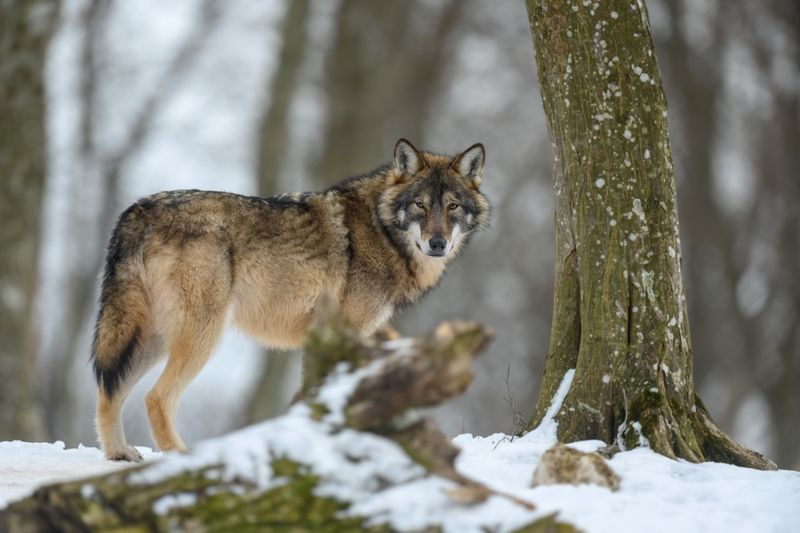
The Gray Wolf, a creature of mystery and legends, once dominated America’s wilderness. Though their populations have rebounded in certain areas, they remain a controversial topic in wildlife management.
Wolves are known for their intricate social structures and haunting calls. Their presence indicates a balanced and healthy ecosystem. However, they face opposition due to livestock predation concerns.
To protect these magnificent animals, collaborative efforts between conservationists and communities are essential. Understanding the vital role wolves play in nature can shift perceptions and foster coexistence with these iconic predators.

